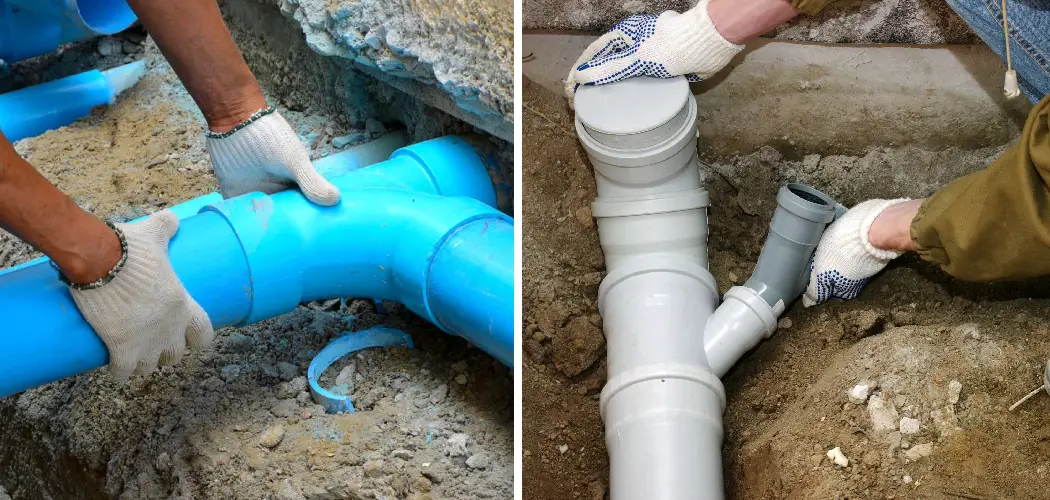Are you looking to upgrade your existing sewer line, or wondering how to install a new sewer line in your home? Regardless of whether it’s for improvements in quality or expanding capacity, successfully installing a sewer line is one of the most important steps when making major plumbing upgrades – and also one of the most challenging when done correctly.
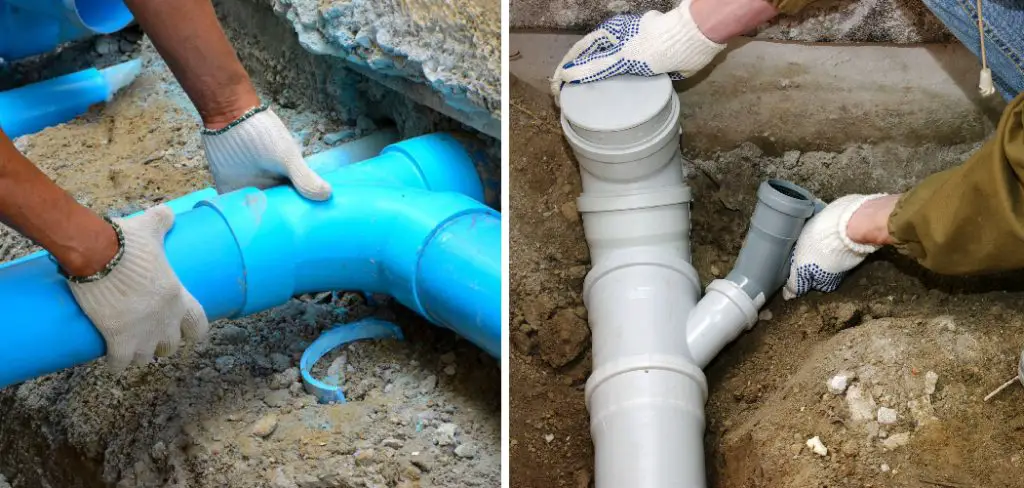
This blog post on how to install sewer line in house will provide step-by-step instructions so you can easily learn how to install a new sewer line in your home safely and securely. Read on to discover an easy-to-follow process that ensures you get the job done right!
Why Install a New Sewer Line?
Before we dive into the installation process, it’s important to understand why you may need to consider installing a new sewer line in your home. The most common reasons for upgrading or replacing an existing sewer line are due to aging pipes, tree root damage, and inadequate capacity.
Aging Pipes:
Over time, older sewer lines can become corroded, cracked or collapsed due to wear and tear. This can lead to blockages, leaks, and potentially sewage backups in your home.
Tree Root Damage:
If you have trees planted near your sewer line, their roots may grow toward the moisture in the pipes and eventually cause damage by cracking or clogging them.
Inadequate Capacity:
As households grow in size, so does their water usage. This can put a strain on the existing sewer line, leading to backups and potential damage.
10 Step-by-step Instructions on How to Install Sewer Line in House
Step 1: Plan Your Installation Route
The first step in installing a new sewer line is planning where it will be placed. Consider factors such as the slope of your property, any obstacles like trees or other structures, and the location of your home’s main sewer line connection. It’s important to follow local building codes and regulations during this step. Always obtain the necessary permits before starting any excavation work.
Step 2: Gather Tools and Materials
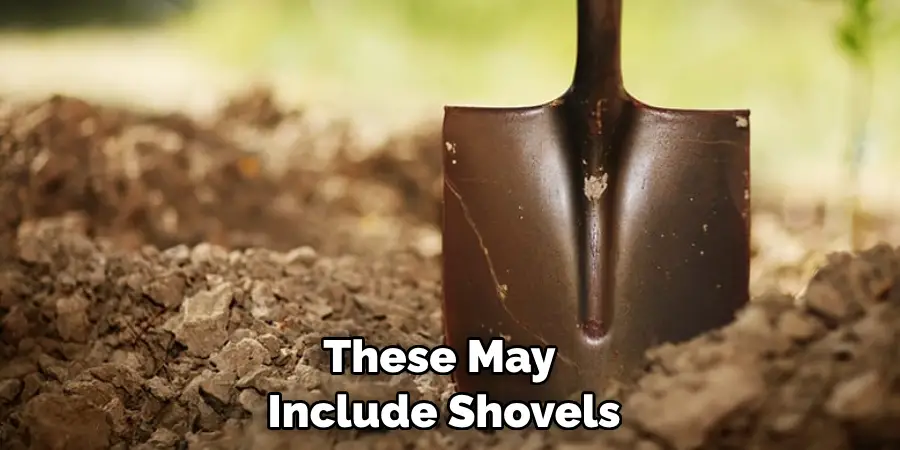
To successfully install a new sewer line, you will need a variety of tools and materials. These may include shovels, a trenching machine, a backhoe, pipes, fittings, couplings, PVC glue, gravel, and sand. You can also consult a professional plumber for advice on the necessary materials. By gathering these materials beforehand, you can save time and avoid any last-minute trips to the hardware store.
Step 3: Obtain Permits
Before you begin any digging or construction, it’s important to obtain any necessary permits from your local municipality. This ensures that your installation meets building codes and regulations and avoids potential fines or delays in the process. But don’t worry, your contractor or plumber can also help you with this step. It’s always better to play by the rules!
Step 4: Dig the Trench
Using a trenching machine or backhoe, dig the trench for your new sewer line according to the planned route. This should be done carefully to avoid damaging any existing underground utilities or structures.
You will also need to dig a hole for the main sewer line connection in your home. It’s important to have the trench and hole deep enough for proper slope and depth requirements – typically ¼ inch per foot in length and at least 18 inches deep.
Step 5: Lay Gravel
Once the trench is dug, lay a layer of gravel on the bottom. This helps with drainage and prevents uneven settling. This is particularly important if your property has a lot of clay or is prone to erosion. You can also use a layer of sand on top of the gravel for extra protection. However, be sure to compact the material before laying the pipes.
Step 6: Install the Pipes
Lay out your pipes along the trench and connect them using fittings and couplings. Make sure to follow any manufacturer instructions or building codes when connecting PVC pipes. You may need to cut the pipes to fit specific lengths or angles. It’s important to wear safety gear, such as gloves and goggles when handling the pipes. Otherwise, you risk exposure to harmful chemicals and substances.
Step 7: Secure the Pipes
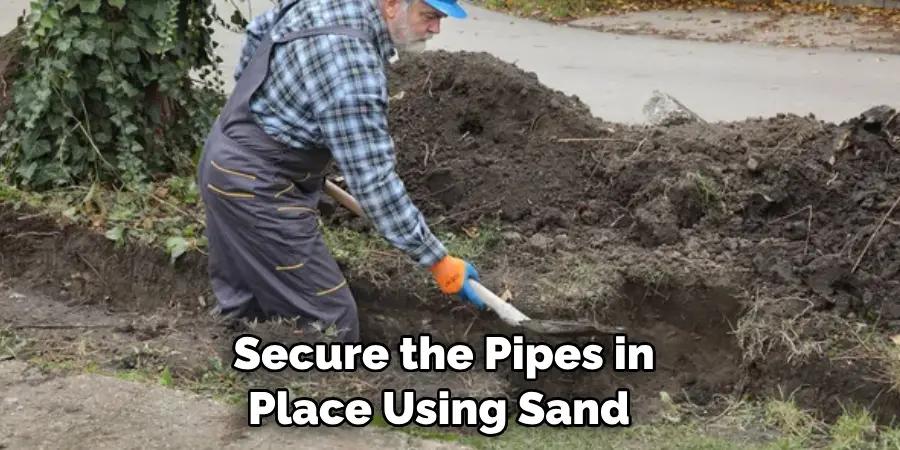
Next, secure the pipes in place using sand or gravel around them. This helps keep them in position and provides additional support for the weight of the soil above. You can also use a pipe clamp or stakes to hold the pipes in place if needed. It’s important to ensure the pipes are properly aligned and maintain proper slope for efficient drainage.
Step 8: Test the Pipes
Once the pipes are in place, it’s important to test them for any leaks or blockages. To do this, plug one end of the line and fill it with water from the other end. If there are any issues, you can make any necessary adjustments or repairs before filling in the trench. It’s also recommended to do an additional inspection of the entire line with a video camera.
Step 9: Fill in the Trench
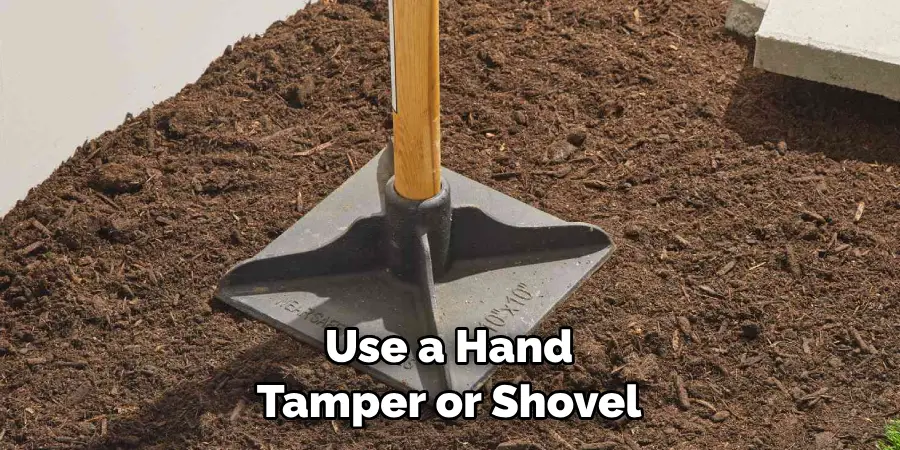
After the pipes pass the test and are deemed secure, fill in the trench with soil. You can also use a compactor to ensure the soil is evenly packed. Be sure to leave a few inches on top for your topsoil layer. It’s important to avoid compacting the soil over the main sewer line connection in your home as this could cause damage. For this area, use a hand tamper or shovel.
Step 10: Restore Landscaping
Finally, once the trench is filled in, you can restore any landscaping or structures that were removed. This includes repairing any grass or pavement and planting new trees or shrubs if necessary.
Remember to also dispose of any excess materials properly. Following these 10 steps on how to install sewer line in house will help you successfully install a new sewer line in your home. However, if at any point during the process, you feel unsure or overwhelmed, it’s always best to consult a professional plumber for guidance and assistance.
With proper planning and execution, your new sewer line installation can be completed efficiently and effectively, providing peace of mind for years to come. Now that you know how to install a sewer line in your house, you can confidently tackle this important home improvement project. So, don’t hesitate to take action and ensure the proper functioning of your home’s sewer system today!
Frequently Asked Questions
Q1. How Long Does It Take to Install a New Sewer Line?

The time it takes to install a new sewer line can vary depending on factors such as the complexity of the installation route, soil conditions, and any unforeseen obstacles or delays. On average, it may take 3-5 days to complete the installation. However, it’s best to consult with your contractor or plumber for a more accurate timeline.
Q2. Can I Install a New Sewer Line Myself?
While it is possible to install a new sewer line yourself, it is not recommended unless you have prior experience and knowledge in plumbing and construction. This project requires specific tools, materials, and skills that are best left to professionals to ensure it is done correctly and meets building codes and regulations.
Q3. How Much Does It Cost to Install a New Sewer Line?
The cost of installing a new sewer line will depend on various factors such as the length and depth of the line, materials used, labor costs, and any additional expenses like permits or equipment rental. On average, homeowners can expect to pay anywhere from $3,000 to $7,000 for a new sewer line installation. It’s best to get quotes from multiple contractors or plumbers to compare prices and services.
Q4. Do I Need to Replace My Sewer Line?
If you are experiencing frequent clogs, slow drains, or foul odors coming from your plumbing, it may be a sign that you need to replace your sewer line. Other signs include sewage backups or standing water in your yard. It’s best to consult with a professional plumber for an inspection and assessment of the situation before deciding on a replacement.
Conclusion
In the end, installing a sewer line in your home is an important endeavor to carry out. It can be quite a challenge, but if you take the time to properly plan and prepare ahead of time, you can make sure that the job is done correctly and will last for years to come.
Make sure to consult qualified professionals whenever needed and keep an eye on local municipal codes in order to ensure that everything complies with the laws.
Don’t forget to keep track of your expenses too! With the right measures in place, you can rest assured that your new sewer line installation project was completed safely and efficiently. Now go on and start on how to install sewer line in house- your new dream home awaits!

